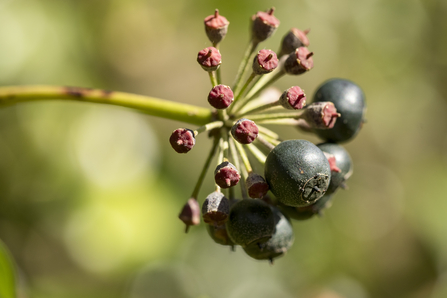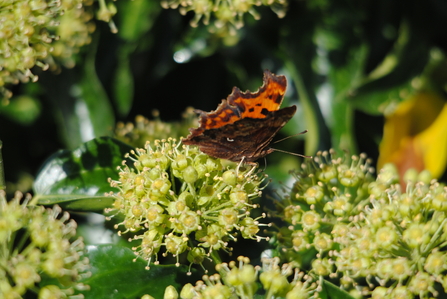Friend or Foe?
Ivy is often a misunderstood plant, accused of being a tree strangler and invader that takes over whole habitats at will if left untamed.
The ivy we have in the UK is often associated with poison ivy – a North American plant which is actually unrelated to our own ivy, which isn’t actually toxic to humans. In some cases, it can cause a rash if someone has an allergic reaction to contact with the leaves and it isn’t a food plant that can be eaten by humans and pets, but it is harmless to the variety of birds and mammals that live around it. In fact, in many case, some wildlife depends on ivy to survive.



